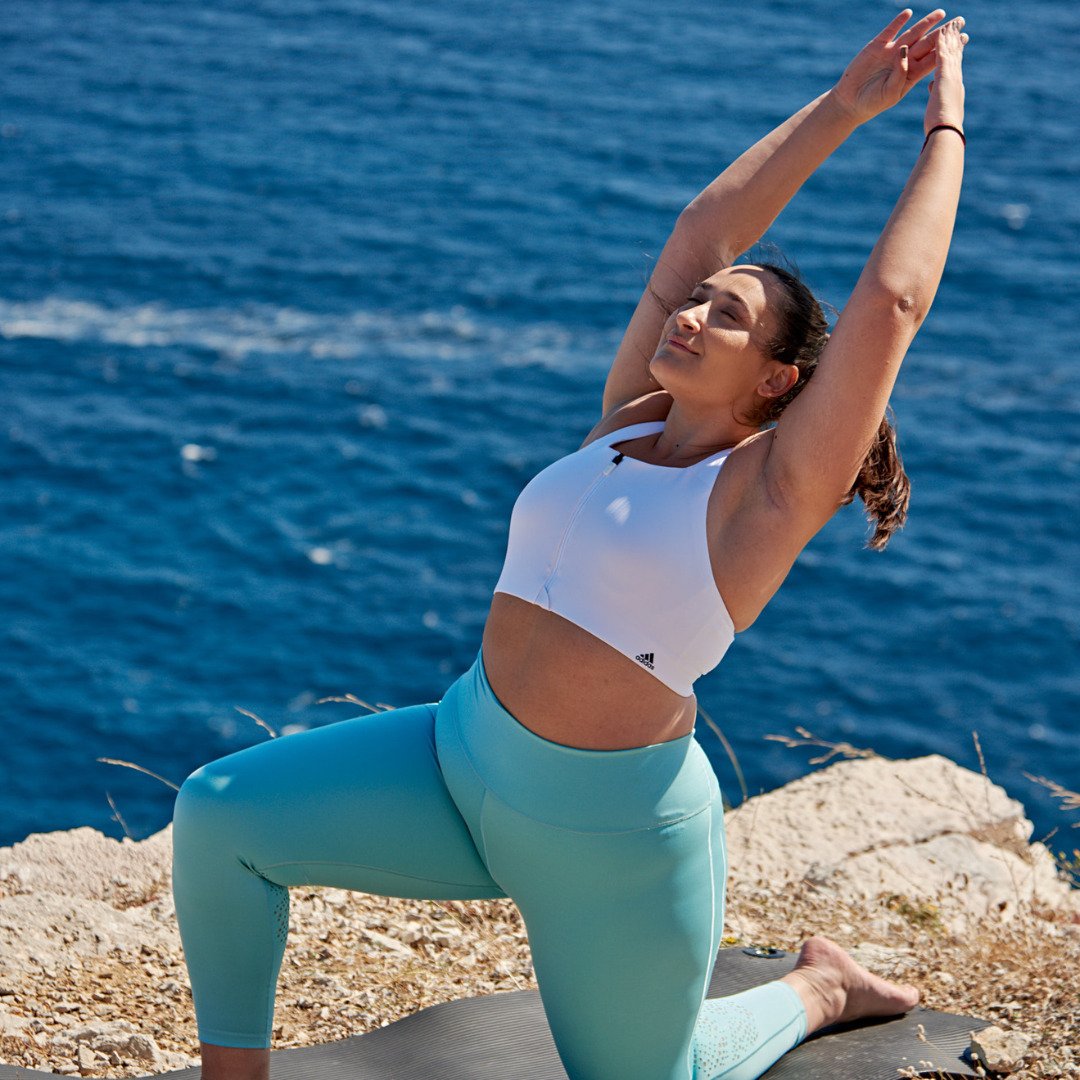How Does Sport Help Reduce Our Stress?
We all know it: it’s strongly recommended to engage in physical activity to help us reduce our daily stress and anxiety.
But what exactly does it do to our bodies, and how does it work?
When we exercise, our body releases hormones and neurotransmitters such as endorphins (the anti-stress hormone), dopamine (the “happiness” hormone), and serotonin (which boosts self-esteem). These effects give us an overall sense of well-being.
The Benefits of Yoga for Stress
As you probably know, yoga is recommended by health professionals for its benefits on both body and mind. It is advised for women, children, and seniors to incorporate this practice into their daily routines for its overall benefits.
This discipline combines quiet time, muscle activation, and breathing exercises. Its practice will allow you to:
- Calm your mind,
- Relax your body,
- Improve your breathing.
In fact, the very foundation of yoga is the acceptance of oneself and others, without judgment. For many of us, stress and anxiety stem from self-imposed demands or frustrations caused by external events. Thanks to the new philosophy of life introduced by yoga, your body and mind will work as one.
The Benefits of Stretching for Stress
Just like yoga, stretching helps release tension and reduce stress buildup. The gentleness and precision of this discipline help you to:
- Soothe muscle pain,
- Prevent injuries,
- Develop flexibility and mobility,
- Improve your daily posture,
- Reduce stress levels,
- Improve sleep quality,
- Enhance blood circulation.
A daily stretching routine becomes essential during periods of stress or intense fatigue, and it also contributes to physical well-being and a deep sense of relaxation and calmness.
The Benefits of Pilates for Stress
Pilates focuses on toning the body, and what distinguishes it from the other practices mentioned is its emphasis on deeply strengthening muscles. This practice requires:
- Self-control,
- Listening to your body and breathing.
We particularly recommend practicing Pilates in cases of chronic pain such as:
- Back pain,
- Joint discomfort,
- Tendinitis.
So, What Makes These Three Disciplines Different?
The core principle of these three types of exercises remains the same: connecting body and mind, reducing stress and anxiety, strengthening muscles, and developing flexibility. However, each discipline has its own specifics:
- Stretching: Deep stretching of the body.
- Yoga: Active or passive meditation.
- Pilates: Inspired by classical gymnastics, deep muscle strengthening.
Key Tips for Stress Reduction Through Sport
✅ Aim for 30 minutes of physical activity 3 to 5 times per week for significant effects on stress reduction and overall well-being.
✅ Establish a regular sport routine, preferably in the morning.
✅ Complement your yoga routine with some stretching exercises.
✅ Gradually advance as you improve your performance.
✅ Wait at least 2 hours after a meal before starting your yoga session.
To complete this article, we also offer some practical advice for restoring balance and maintaining mental health, helping you feel good in your own skin, and fully enjoying the benefits of a healthy, fulfilling life.






